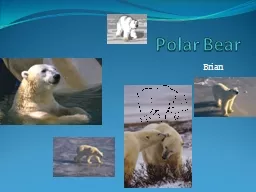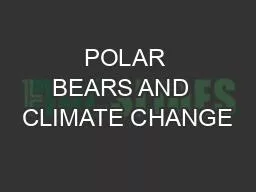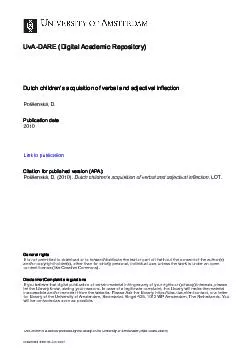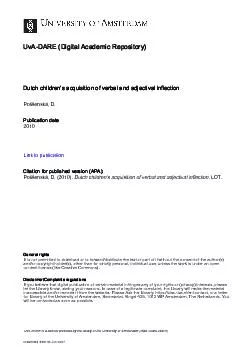PPT-Inflection Points and Polar Bears
Author : myesha-ticknor | Published Date : 2015-11-02
Jason Hamilton Thomas J Pfaff Glacier Pair Images httpwwwwindowsucareduteacherresourcesglacierthennowpdf A Look at Global Temperature Tx00005x 2 000527x57137 F
Presentation Embed Code
Download Presentation
Download Presentation The PPT/PDF document "Inflection Points and Polar Bears" is the property of its rightful owner. Permission is granted to download and print the materials on this website for personal, non-commercial use only, and to display it on your personal computer provided you do not modify the materials and that you retain all copyright notices contained in the materials. By downloading content from our website, you accept the terms of this agreement.
Inflection Points and Polar Bears: Transcript
Download Rules Of Document
"Inflection Points and Polar Bears"The content belongs to its owner. You may download and print it for personal use, without modification, and keep all copyright notices. By downloading, you agree to these terms.
Related Documents














![[DOWNLOAD] The Berenstain Bears Bears On Time: Solving the Lateness Problem (Berenstain](https://thumbs.docslides.com/1008424/download-the-berenstain-bears-bears-on-time-solving-the-lateness-problem-berenstain-bears-living-lights-a-faith-story.jpg)